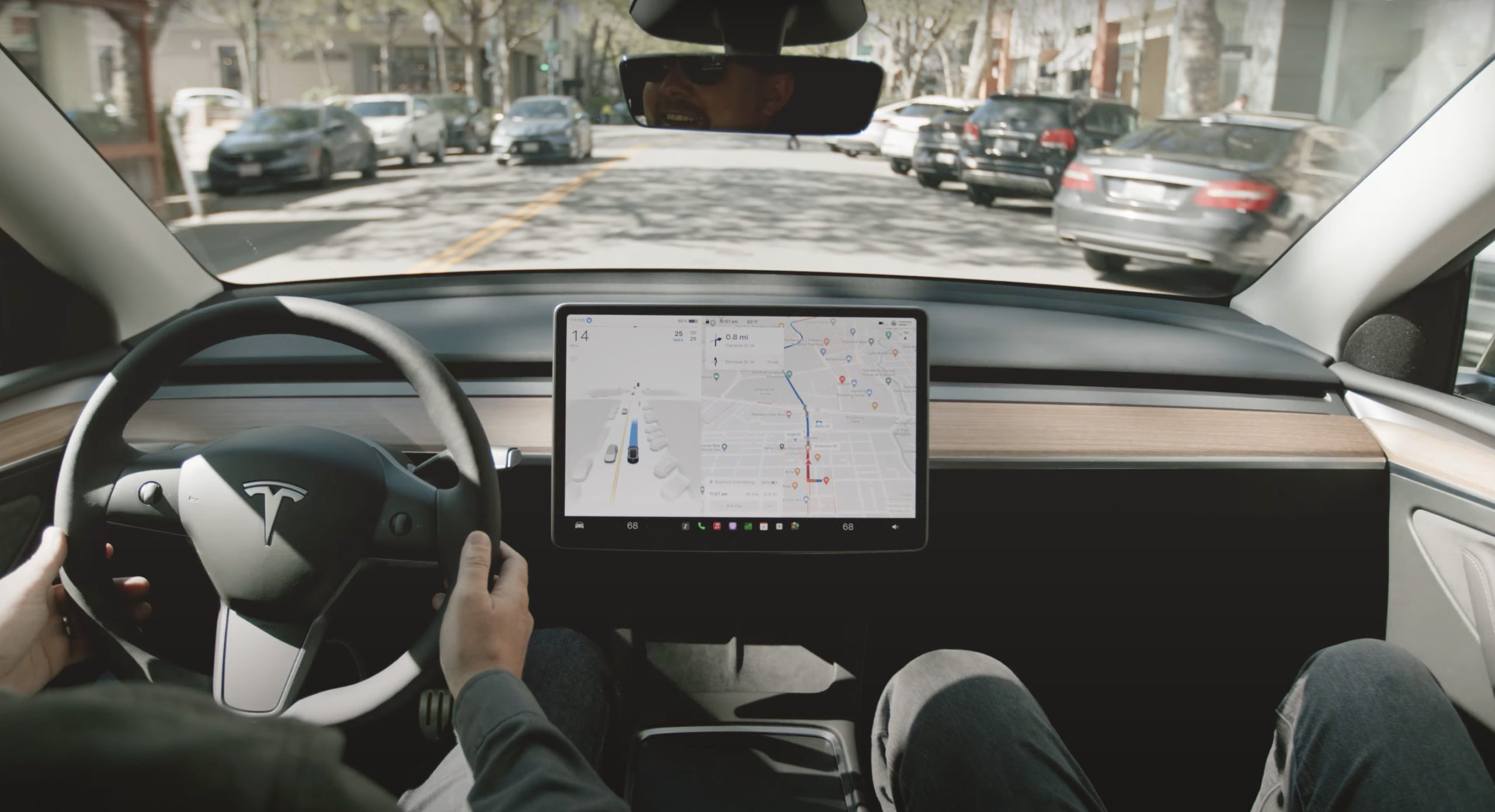A new study from the Insurance Institute for Highway Safety (IIHS) has highlighted the potential benefits to “cooperative steering” automated driving systems in keeping drivers engaged.
The study found that the likelihood a driver will remain engaged when driving with partially automated systems is higher when using “cooperative steering,” in which manual movements to the steering wheel don’t disengage the software, according to the study results shared in a press release on Tuesday. Inversely, those using partially automated systems that turn off when drivers use the steering wheel were less likely to take an active role.
“These results suggest that small differences in system design can nudge drivers toward safer habits,” said David Harkey, IIHS President.
This recent study looked at survey responses from 1,260 owners of vehicles from Ford, General Motors (GM), Nissan/Infiniti, and Tesla, who regularly use their partially automated driving systems.
Drivers who are used to partial automation that switches off when they try to share control over the steering were found to be less willing to steer or put their hands on the wheel in circumstances that required steering adjustments, while systems with some degree of manual steering were more likely to help drivers remain engaged with the road and take an active role when road scenarios demanded it.
Those with cooperative systems were ultimately 36 percent more likely than the others to say they would steer to one side of the travel lane when needed.
Drivers with vehicle systems that did offer shared control were 40 to 48 percent less likely than the others to say they would keep their hands off the wheel in situations that would make most drivers nervous, while two other recent IIHS studies showed that even those warned to remain engaged did not often do so.
Systems that remain on when drivers adjust steering include Ford’s BlueCruise system and Nissan/Infiniti’s ProPILOT Assist system, while both GM’s Super Cruise and Tesla’s Autopilot disengaged from lane-centering upon receiving driver steering inputs. While both the systems from Tesla and Nissan required drivers to keep their hands on the steering wheel, Tesla’s upgraded Supervised Full Self-Driving (FSD) allows some hands-free driving, and so do the aforementioned Ford and GM systems.
“Those are sizable differences,” said Alexandra Mueller, IIHS Research Scientist and Lead Author of the study. “Although there could be many reasons, one plausible explanation is that systems that switch themselves off whenever the driver steers may make drivers less likely to want to intervene, as it’s a pain to reactivate the system again and again.”
“These findings suggest that cooperative steering may have an implicit influence on how willing drivers are to take action when the situation calls for it, regardless of how they think their system is designed,” Mueller added.
You can see the full study results from the IIHS here.
RELATED: Tesla highlights FSSD safety in edge case test videos
Tesla’s Full Self-Driving Supervised and Cybercab unveil
The news comes weeks after Tesla unveiled its Cybercab robotaxi, which is built without a steering wheel, an accelerator, or brake pedals. It also comes in response to the company’s longtime bet on completely autonomous driving, first through the deployment of its FSD Supervised system, which is eventually expected to unlock an unsupervised version that buyers can use in their own vehicles.
While Tesla’s bet on full autonomy will likely come to fruition in future years, discussions about driver engagement have been ongoing, especially as those using Supervised FSD and other partially automated driving systems have used them in unintended ways that weren’t approved by the manufacturers.
At least for now, driver attention remains an important part of the path to full autonomy, until systems become safe enough to be trusted without supervision. Until then, efforts to keep drivers engaged may prove fruitful, and Tesla and others have taken steps to monitor drivers more closely when they use these systems, in order to ensure full engagement and readiness to regain control of the vehicle when needed.
What are your thoughts? Let me know at [email protected], find me on X at @zacharyvisconti, or send us tips at [email protected].
IIHS tested Tesla Autopilot safeguards: Here’s what they found











